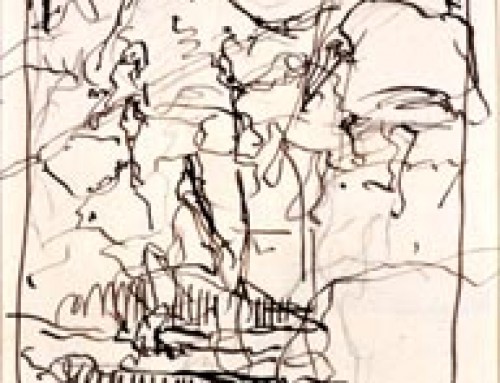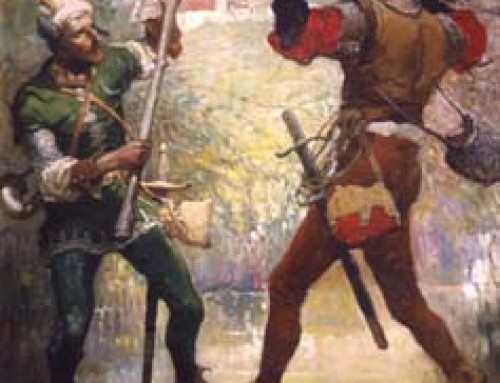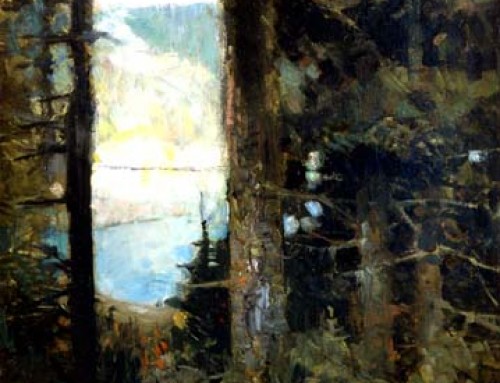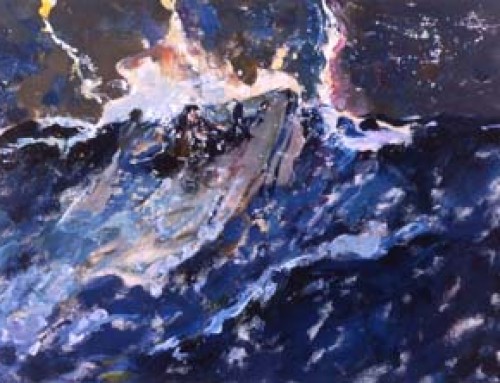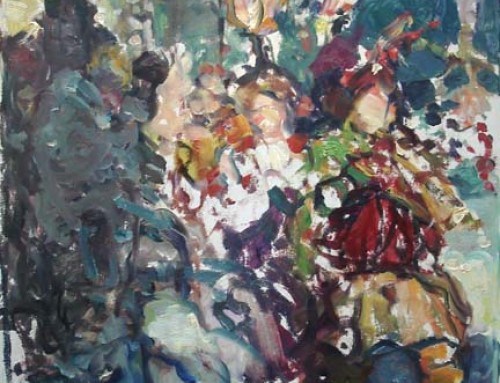| 904 |
| The Lost Battalion in Argonne Forest |
| FES Title: | The “Lost Battalion” in Argonne Forrest |
|
| Alternate Titles: | Our Famous “Lost Battalion” in the Argonne Forest [2002] | |
| Date: | 11/21/1918 | |
| Size: | 30″H x 50″W | |
| Medium: | ||
| Type: | subject painting | |
| Published: | “Souvenir Pictures of the Great War.” The Ladies Home Journal, February 1919: 17. caption: Our Famous “Lost Battalion” in the Argonne Forest Beamish, Richard J. and Francis A. March, Ph.D. America’s Part in the World War. Philadelphia: The John C. Winston company, 1919: frontispiece. Clark, S.J. Duncan, History’s Greatest War, c.1919: 227 Harrington, Peter. “Images of the Great War.” American History, December 1966: 34. Figure 7. Schoonover, Cortlandt. Frank Schoonover, Illustrator of the North American Frontier. New York: Watson-Guptill, 1976: 186. Ianni, Francis A. World War One Remembered. Wilmington: Delaware Heritage Commission, 1993: 56. Harrington, Peter. “The Great War Paintings of Frank E. Schoonover.” Military Heritage, August 1999: 68. Johnson, Thomas M. and Fletcher Pratt. The Lost Battalion. Lincoln: University of Nebraska Press, 2000: cover. Blum, Raymond K. U.S. Army: A Complete History. Arlington, VA: The Army Historical Foundation, 2004: 583. |
|
| Inscription: | lr: Frank E. Schoonover | |
| Annotations: | ||
| Exhibitions: | 1919 WSFA; 2002 HSD | |
| Comments: | index; edit | |
| Commentary: | “This painting depicts a famous incident in World War I. The blindfolded soldier is United States Army Private Lowell R. Hollingshead who was captured by German soldiers while trying to return to get reinforcements for his surrounded fellow American forces. The English speaking German officer in charge blindfolded Hollingshead, gave him a note demanding surrender, and sent him back to Col. Charles Whittlesy. In the painting, Col. Whittlesy is reading the note. He refused to surrender and proceeded to fight on, extricating himself and almost 200 men from the dangerous situation. Both Whittlesy and Hollingshead became American World War I heroes. Col. Whittlesy was awarded the Congressional Medal of Honor.” (text by Steven H. Amick, State Senator, 10th Senatorial District, Delaware, January 16, 2007)
On the eighth day of working on this picture, November 11, 1918, peace was declared and World War I was over. However, the artist continued with his commission, completing eight more major World War I works. He completed this work in seventeen days. |
|
| Provenance: | Sold by the artist to the Delaware National Guard (March 9, 1959) | |
| Current Owner: |


